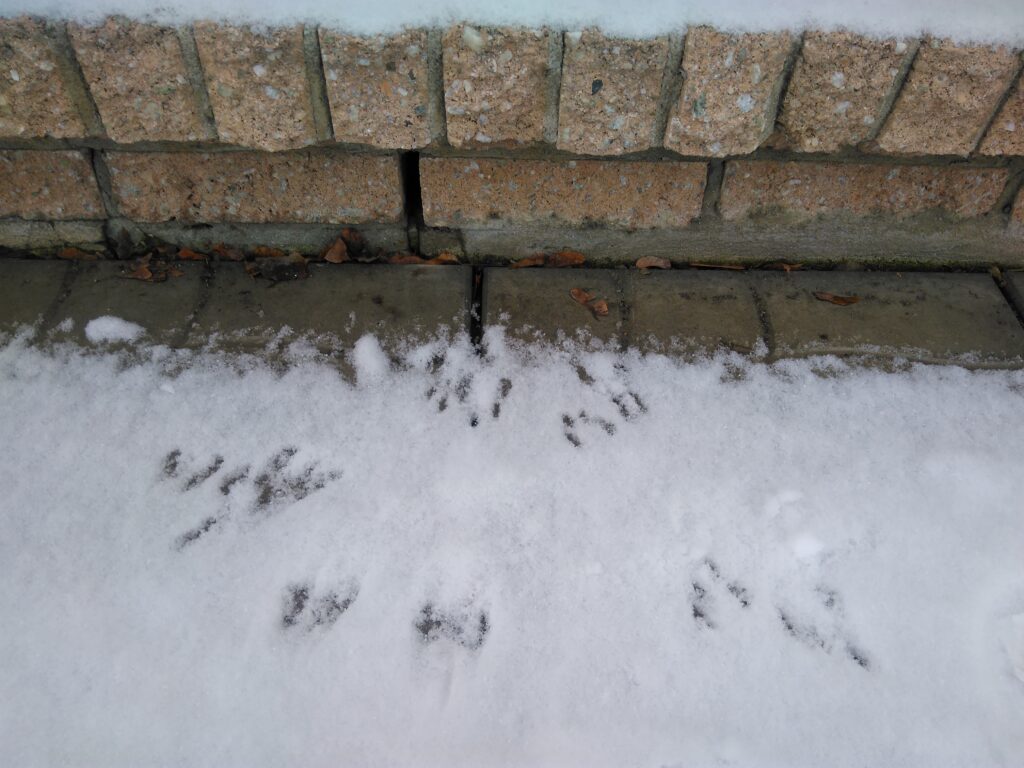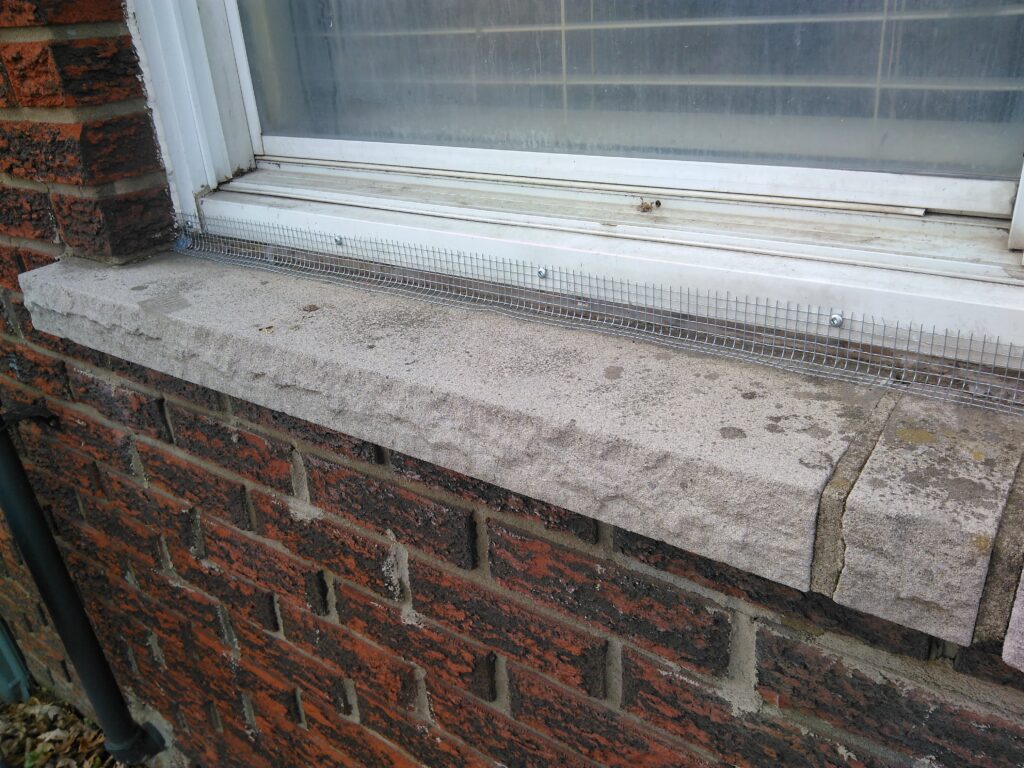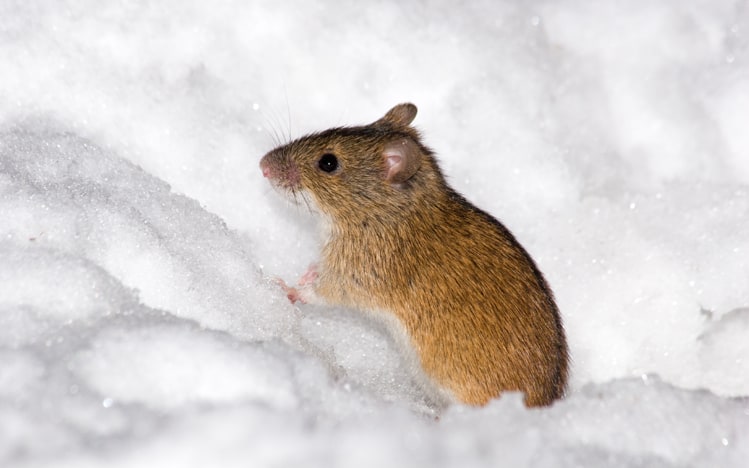Understanding mouse behaviour during the chilly months can help you identify the signs of an infestation and take remedial steps to prevent further damage. Mice seek warmth and shelter during the winter months, and your home can become the perfect spot for them to nest and thrive. Unfortunately, mice can cause significant damage to your property, contaminate food, and spread disease. Our expertise lies in identifying and removing mice quickly and effectively. Trust us to provide reliable and prompt mice removal services in Kitchener.
As the weather cools down, mice are looking for a warm and cozy place to stay during the chilly months. Unfortunately, this often leads them indoors and closer to humans. This is especially true in residential areas such as Kitchener, where mice infestations can become a common problem. It’s important to be able to identify the signs of mice infestation early on, in order to prevent them from causing extensive damage to your home and potentially carrying harmful diseases.
In this post, we will be taking a closer look at mice behaviour during the fall and winter seasons, specifically in the Kitchener area. We’ll explore the ways in which mice seek out shelter, the signs of an infestation, and the steps you can take to effectively remove them from your home. Keep reading to ensure that you are prepared for the upcoming colder months and any potential mice-related issues that may arise.
Survival Tactics: How Mice Adapt to the Chilly Months
Like most animals, mice have mechanisms in place to adapt to changing seasons. Despite their small size, these pint-sized rodents are tough survivors. Associated with intelligence and resourcefulness, mice are more than capable of turning your warm, inviting home into their own winter retreat.
Body Changes: With the drop in temperature, mice undergo some physiological changes. Their metabolism speeds up, helping them to generate more heat and stay warm during the cold. Simultaneously, any increase in body fat they may have can serve as additional insulation.
Food Stockpiling: Mice are known to stockpile food supplies when the weather turns frosty. It’s a practical step to ensure they don’t have to venture out into the cold unnecessarily. Watch out for hidden caches of food in secluded, warm corners of your home.
Nest-Building: A warm, comfortable nest is essential for their survival. Mice nest in insulated, secluded spots. If they’ve made it into your home, they’re likely nested in walls, the attic, the basement, or even inside large appliances.
Mice and Human Habitats: An Unfortunate Match
Mice are opportunistic rodents and human homes offer everything they need: warmth, food, and shelter. Typically, they gain access to a house by squeezing through small, unsealed openings or cracks in the structure.
Once inside, they’re capable of causing a significant amount of damage. They can chew through wiring and insulation and spread bacteria, parasites, and diseases. It’s for these reasons that if you notice signs of mice, immediate action is necessary.
Next, we’ll outline some common signs of mouse activity in your property during winter—knowledge that could be vital for timely wildlife removal in Kitchener.

The Dangers of Mice Infestations in the Winter
Winter can be quite stressful for homeowners in Kitchener due to a heightened risk of mice infestations. As already noted, mice seek warm and safe indoors to escape the harsh outdoor winter conditions. However, their presence poses serious health and safety risks for human residents. It’s essential to understand these potential hazards to underscore the importance of promptly addressing a mice infestation.
Disease Transmission: Among the biggest threats that mice pose are the diseases they can transmit. They can spread Hantavirus, Salmonella, and even Lyme disease through their feces, urine, or saliva. Direct contact isn’t necessary for transmission; these pathogens can become airborne and be inhaled.
Physical Damage: Mice have a constant need to gnaw to keep their teeth in check. This leads them to constantly chew on things, causing substantial damage. Wiring, plumbing, furniture, and insulation can all fall victim to their relentless gnawing. This activity not only results in costly repairs but also poses serious fire hazards if they gnaw through electrical wiring.
Food Contamination: Mice have a notorious reputation for getting into food supplies. Any food source they come into contact with needs to be discarded due to potential contamination.
Damage to Personal Belongings
Aside from food and building materials, personal belongings stored in basements, attics, and garages can also be damaged by mice. Items such as books, documents, clothes, furniture, and sentimental keepsakes can all be destroyed or rendered unsanitary by these tiny rodents.
Given these substantial risks and issues associated with winter mice infestations, it’s clear that swift and efficient action is crucial. The next section will help you identify the signs of a potential mouse problem in your property during the colder months.
Signs of Mouse Activity in Your Property During Winter
There are several telltale signs that mice may have found their way into your home. Single or a combination of these signs could indicate a potential mice infestation which, if not addressed, can escalate rapidly into a more significant problem. Here are some common signs to look out for:
Noises in the Wall
You may notice scratching, shuffling or scampering sounds coming from your walls, especially during the night when mice are most active. These noises are a clear sign that a mouse is using your home as a refuge during these cold months.
Mice Droppings
Mouse droppings are another strong indication of their presence. Mice produce many droppings, up to 80 pellets each day! These are usually tiny, dark and pointed at both ends. Look out for them in areas where mice may likely reside – kitchen cabinets, pantries, attics, basements, and near food sources.
Gnawed Items
Mice have incisors that grow continuously throughout their life, which leads them to incessantly gnaw on various materials. This behaviour can result in visible damage on your furniture, plastic or wooden items, electrical wires and even on the spray foam insulation. Finding anything around your house with small, sharp bite marks or shreds of material nearby is a flashing sign of mice intrusion.
Pungent Smell
An often overlooked sign is a strong, musky odour permeating your household, especially in confined spaces. Mice use urine trails to navigate their routes and communicate with others, giving off a distinctive smell.
Nests
Mice are known for their intricate nesting habits. They build nests with easily available materials like shredded paper, cloth, insulation, or plants. Locating these nests, often in hidden, quiet corners of the house, is a prime indicator of an ongoing mice problem.
Effective and Humane Mice Removal in Kitchener with Skedaddle
Having discussed the survival tactics, effects, and signs of mice infestation during winter, it’s now paramount to address the course of action in cases of mice infestation. No worries, Skedaddle Wildlife Control in Kitchener is at your service with effective and humane solutions.
A Humanitarian Approach
With Skedaddle, your wildlife problem is handled with the utmost care for the well-being of both you and the mice. It’s important to remember that mice are just trying to survive like all wild animals. We opt for a humane approach, ensuring the mice are safely removed from your home without harm and placed back into their natural habitats where they can thrive.
The Skedaddle Process
The Skedaddle process is divided into three comprehensive steps:
- Assessment: Skedaddle first assesses the infestation by identifying entry points and affected areas in your home.
- Removal: A careful, humane removal process is then carried out without causing harm to the mice or damaging your property.
- Prevention: They provide long-term solutions by proofing and fortifying your property to prevent future infestations.

At Skedaddle, you’ll meet a team of experienced technicians who are extensively trained to handle any wildlife scenario, including mice infestations during the chilly months. Their years of field knowledge and solidified techniques are reliable promises of efficiency and safety.
Don’t let the fear of mice ruin your winter joy! The team at Skedaddle Wildlife Control is more than ready to help you reclaim your home. Reach out today to book a home inspection.



